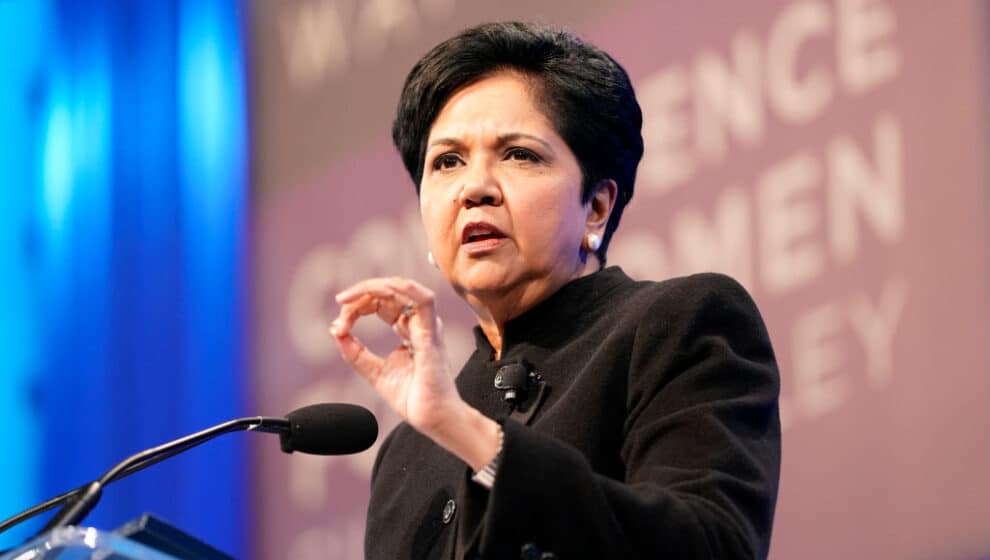More chief financial officers are pursuing the CEO role, but making the switch from one executive position to another may not always be smooth.
Key Details
- Last year, of the S&P 500 CFOs who made a job change, 33% became CEOs, compared to only 8.8% in 2021, Fortune reports.
- Sometimes, the transition from CFO to CEO can go smoothly. For example, Indra Nooyi successfully transitioned from CFO to CEO of PepsiCo in 2006.
- CFOs often have to be pragmatic and data-driven, giving them the potential to become successful company leaders.
- But the path to CEO may not always be clear for a CFO. One important quality of a CEO is inspiring both employees and investors. CFOs do not typically have this same responsibility and may struggle to master the new challenge when stepping into the CEO position.
Why it’s news
Companies looking at potentially promoting CFOs to CEO may have strong candidates. CFOs already work closely with the board and other company leaders, making them knowledgeable about the company’s challenges.
A good CFO will also have a history of carefully weighing investments against top-line growth and bottom-line results. He typically has a pragmatic approach to leadership that can be an asset to a CEO.
However, CEOs have to manage more than just making financial decisions. A successful CEO must also have problem-solving skills, share a vision for the company, create a strategy for that vision, and bring employees along to promote that vision.
One area a CFO may struggle to adjust to in the CEO role is the “company mascot.” CEOs must inspire the team of employees and be someone the company can rally behind. This requires a certain degree of charisma and extroversion that the typical CFO may not have. A CFO stepping into the CEO role must find a way to go beyond just the facts and inspire Wall Street, board members, and employees to back his vision.
